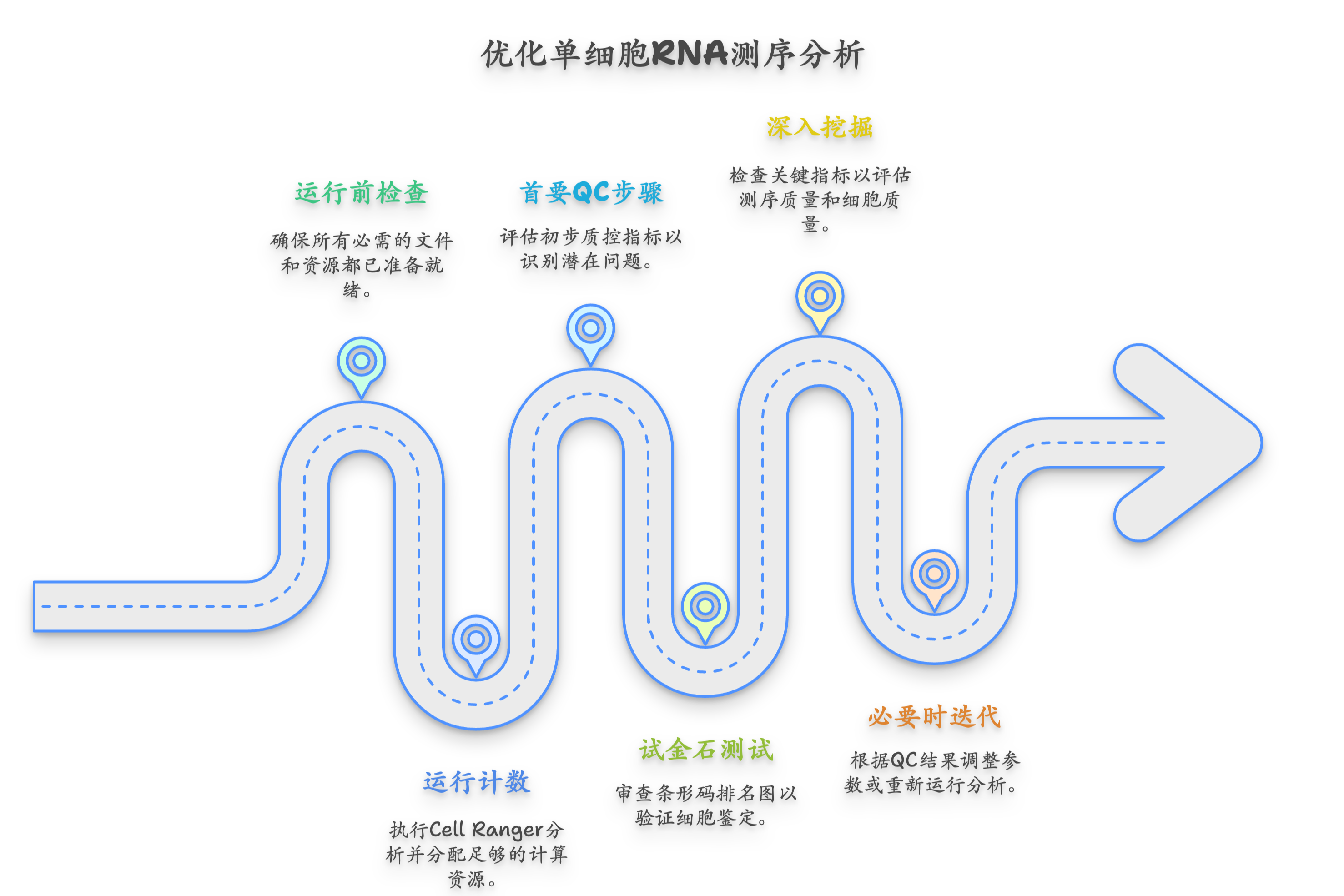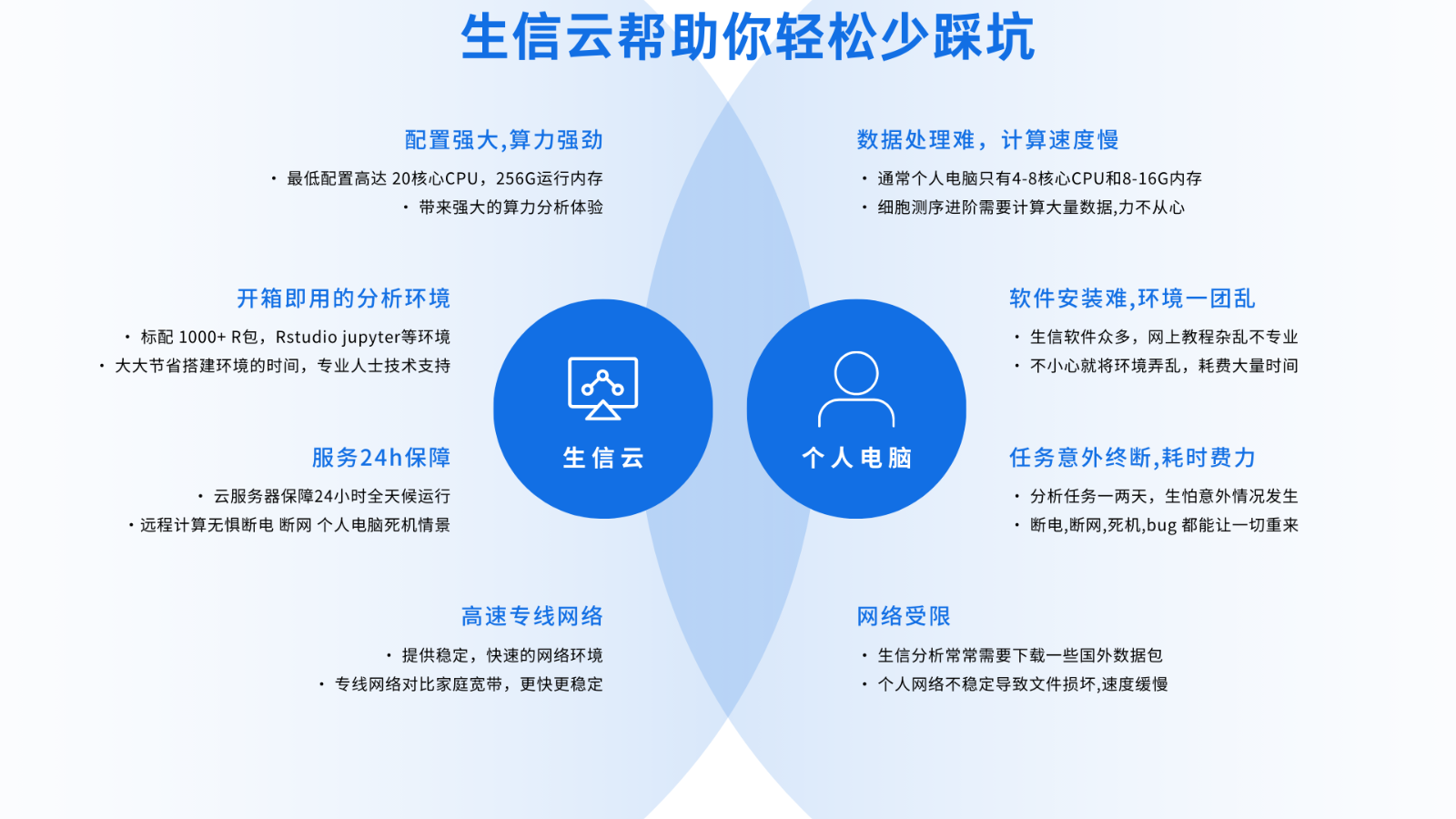
genomic information hub underpins data-driven precision medicine initiatives. The systems convert large molecular datasets into meaningful biological interpretations. Employing AI-enhanced analysis and robust pipelines, they drive breakthroughs in drug discovery and diagnostics.
Scalable Bioinformatics Computing Servers for High-Throughput Analysis
High-throughput experiments produce massive biological datasets that tax traditional compute environments. On-demand scalable infrastructure is key to processing and interpreting high-throughput biological data.
- The capacity to add compute and storage when needed is fundamental to scalable servers.
- Many solutions leverage distributed computing, container orchestration, and parallelism for throughput.
- Typical workloads include whole-genome assembly, transcriptomics, variant annotation, and ML-driven interpretation.
Cloud services provide pay-as-you-go compute that removes capital barriers to high-performance bioinformatics.
Accelerating Genomic Research with Dedicated Bioinformatics Clouds
Rapid expansion of sequencing output demands specialized platforms for efficient downstream analysis. Bioinformatics clouds accelerate timelines by removing setup overhead and enabling parallel sample processing.

Cloud and Distributed Solutions for Extensive Bioinformatic Analyses
Large-scale bioinformatic tasks benefit from distributed compute, GPUs, and high-memory nodes. Historically, on-premises clusters were the default but often struggled with peak demands and cost constraints.
The cloud permits elastic provisioning for demanding bioinformatics tasks, enabling broader experiment scope.
The cloud lets teams right-size infrastructure per project, lowering total cost of ownership and accelerating teamwork.
Bioinformatics in the Cloud: Tailored Next-Generation Solutions
Bioinformatics growth is paired with the rise of tailored cloud services that address specialized analytic needs. They offer end-to-end toolchains for sequence analysis, annotation, and ML-driven discovery in regulated contexts.
The cloud model makes advanced analytics accessible to smaller labs, fostering inclusive innovation across geographies.

Dynamic On-Demand Servers for Faster Bioinformatics Turnaround
On-demand servers remove infrastructure friction and let scientists focus on interpretation, not provisioning. This approach eliminates the burden of maintaining dedicated hardware and enables faster turnaround times for intensive bioinformatics tasks.
Out-of-box instances often ship with containerized pipelines and bioinformatics tool suites to expedite setup. By removing installation overhead, teams can invest more time in analysis design and insight generation.
Bioinformatics On Demand: Powerful Cloud Tools for Research
Platform services deliver versioned pipelines, data integration, and analytics that accelerate research workflows. Cloud services help translate raw sequence data into actionable results for therapeutic research and clinical contexts.

- Bioinformatics as a Service provides scalable, on-demand compute to handle massive datasets.
- Cloud-based platforms and SaaS models facilitate global collaboration and data sharing among researchers.
- Cutting-edge analytics accelerate the translation from sequence data to actionable knowledge.
Bioinformatics Servers Enabling Tailored Therapeutics
The exponential growth of genomic and clinical data paves the way for personalized medicine, which tailors treatments to individual patients. By integrating sequencing and clinical data, servers help clinicians personalize care pathways and monitor outcomes in real time. Actionable outputs help clinicians select targeted therapies, enroll patients in trials, and track treatment efficacy.
Computational Bioinformatics Reveals Hidden Biological Patterns
High-performance computing uncovers structure-function relationships and regulatory networks from omics data. Large-scale sequence and structural analyses surface conserved motifs, regulatory elements, and functional sites.

Sophisticated computational methods are essential to model, interpret, and predict biological behavior from data.
Scalable, Dedicated Bioinformatics Systems for Next-Gen Research
Cutting-edge bioinformatics requires infrastructure designed for throughput, security, and scientific rigor. These platforms use hybrid HPC-cloud designs to deliver fast, reproducible analyses for diverse omics workflows.
- Using cloud resources lets teams scale compute and storage quickly to meet evolving experimental demands.
- Tools focused on variant interpretation, assembly, and pathway analysis are under active development.
生物信息分析服务器
Such infrastructure supports multi-institutional projects and speeds translational and applied research outcomes.
A Robust Bioinformatics Toolset for Scientific Exploration
Comprehensive platforms provide the instruments researchers need to convert data into biological knowledge. Users access sequence alignment, genome annotation, transcript assembly, evolutionary analysis, and structural tools in one platform. A clear web UI, workflow templates, and curated datasets enable reproducible research across skill levels.
